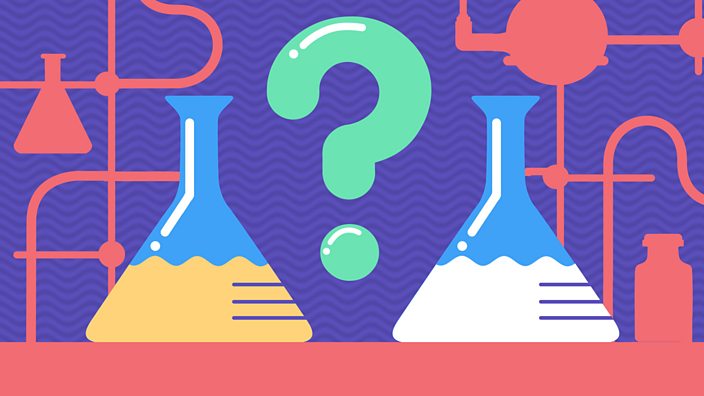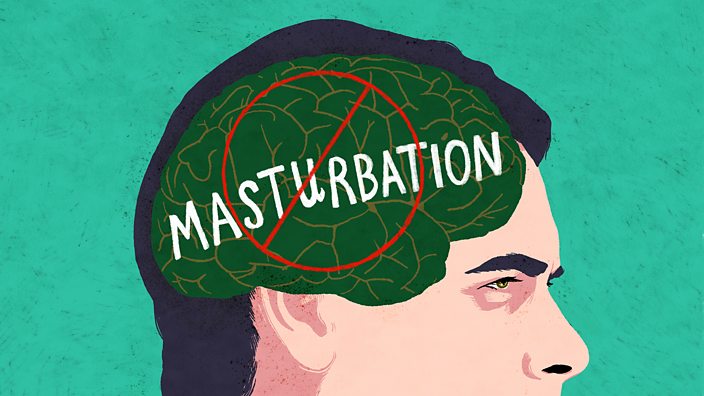Warning: sexual content
The first time it happened to Gilly, 41, it left her on a high. “I was awestruck; it felt incredible, a huge release. I took a photo of the wet patch so I could reassure myself that it really had happened.”
Tash, 26, was a bit more floored – and worried about the carpet. “I was using my vibrator and sitting with my back to my bedroom door in case someone tried to come in, when suddenly there was a spurt, and I freaked out thinking I’d wet myself. It was the weirdest sensation; I felt a bit panicked and ashamed because I didn’t know what was going on. I mopped up the rug, then had a google.”
We’ve known for a long time that some women can produce notable amounts of liquid from their genitals – in some cases supposedly shot out with water blaster force – during sexual excitement or orgasm. Hippocrates and the Kama Sutra both reference female ‘semen’ (the former thought it helped to create children, the latter containing a detailed description of when it should be expected and why). In the 17th Century, Dutch anatomist Regnier de Graaf wrote a groundbreaking treatise, Concerning The Generative Organs Of Women, describing the fluid and linking it to an erogenous zone inside the vagina that was much like male prostate.
But it’s still unclear how many of us do this. Modern studies estimate the phenomenon is experienced in some form by anywhere from 10-54% of women and, according to a 2013 study of 320 participants, the amount of ejaculate released can range from approximately 0.3ml to more than 150ml. That’s anything from a few drops to half a cup.
This broad spectrum of findings is partly due to differences in how studies are conducted and definitions; but many specialists view female ejaculation and squirting as distinctly different things.
It’s a hotly contested topic – and one that’s receiving increasing attention as our understanding of the female body grows.
Let’s dive in.
 iStock / BBC Three
iStock / BBC ThreeOne of the biggest questions surrounding this subject is whether the mysterious fluid produced is simply urine. And certain research hints it could just be wee.
In one 2014 study, a sample of women were asked to go to the loo prior to sexual activity and then undertake ultrasound scans to prove their bladders were empty. After the women became sexually excited they were given a second ultrasound, which showed their bladders had re-filled significantly. Finally, a third scan after they’d squirted revealed empty bladders again, suggesting the liquid they’d released came from this source and was likely to be pee (or at least partly so).
“Squirting probably originates from the bladder, as there isn’t any other structure within that area of the female anatomy that’s able to hold that much liquid, or propel it with that much strength,” asserts pharmacist Abbas Kanani. “During orgasm, the muscles relax and make it difficult to hold in urine, so it’s released via the urethra.”
Yet plenty of other researchers think it’s wrong to write off this release as being so straightforward.
Scientific analysis of expelled fluids conducted by American sexologist Beverly Whipple in the early 1980s (and then subsequent studies by others) discovered that urea and creatine – chemical constituents of pee – were only present in very low levels. They also detected additional substances which you wouldn’t usually expect to be present in a puddle of piddle. One of these was prostate-specific antigen, or PSA.
In men, PSA is produced by the prostate. Women’s bodies contain prostate tissue too, in structures known as the Skene’s glands or paraurethral glands, which are located on the front wall of the vagina, and some studies show they drain via ducts into the lower end of the urethra. Some specialists now believe these glands play a crucial part in helping to create the liquid that's released in the process.
The "varying levels" of development and size of these glands between individuals may partially explain why some women experience dramatic excretions while others don’t, says sex educator Samantha Evans.
“But the psychological fear of being seen to have wet themselves is what holds a lot of women back from squirting, rather than there being any physical obstacle stopping them from doing so. The liquid passed tends to be clear, not yellow, and doesn’t have the same smell or taste as wee. As a former nurse, I’ve had numerous close encounters with urine and I don’t think it’s the same stuff!”
Scientists have even suggested that squirting may have a purpose beyond pleasure: to keep women peeing painlessly post-sex. Some scientists have hypothesised that ejaculatory fluid could flush harmful bacteria out of the urethra after they have made their way up there during intercourse, helping prevent uncomfortable urinary tract infections.
Ultimately though, however the body extracts, what the body extracts and whether or not this has bonus benefits – why should any of that matter if it feels good?
 BBC Three
BBC ThreeMany women who do ejaculate say that what gets them there is stimulating the G-spot: an area about 5-8cm inside the vagina. It's on the front wall (so towards your belly button, not your back) and sometimes feels slightly rougher or more textured than the surrounding flesh. Rather than existing as a discreet anatomical structure in itself, the G-spot is now widely considered to be more of a ‘zone’, through which the Skene’s glands may be massaged, along with internal, hidden parts of the clitoris. And this we now know to be like an iceberg: the hood and head you can see on the outside of the body are merely the tip of a much bigger organ that extends downwards around the vaginal passage.
“I get my partner to rub my G-spot with their fingers, using a ‘come hither’ motion and firm pressure,” says Saffron, 34. “Specially angled sex toys make it easier for me to achieve the same effect alone.”
“If I carry on using my vibrator after I’ve climaxed, that can make me squirt,” reveals Daphne, 23. “It’s an intense, almost overwhelming sensation though; I have to push through what feels like an urge to urinate, but after that I love how primal and freeing it feels to have this mad nectar fly from my noo-noo!”
Other hot tips? Put a towel down first. And, as we're all made differently, remember that not everyone actually likes this kind of stimulation. In fact, some of us find the hunt for the G-Spot to be positively uncomfortable - make sure you’re experimenting for your own pleasure, not because you feel pressured. And definitely stop if you're not having a good time.
 istock / BBC Three
istock / BBC ThreeSome women feel there are expectations placed upon them to summon up Niagara Falls from their nethers by partners who might have watched pornography focused on this subject. “I’ve met guys who think girls can produce geysers on demand because of what they’ve viewed in adult films,” says Tash. A search for ‘squirt’ on one of the biggest porn sites brings up more than 110,000 results, although interestingly, the company reports females are 44% more likely to look for such material than males – research, perhaps?
Adult actresses themselves report that there’s growing demand for them to be able to ejaculate. Silvia Saige has worked in porn for four years and says: “It’s increasingly being asked for, and a woman’s career can take a financial upswing if she manages to squirt. I don’t get hired for jobs specifically featuring this act because it’s not something I can guarantee will happen with my body.”
Other performers who similarly can’t be sure they’ll squirt on cue fake it by drinking lots and urinating, or using vaginal douches: filling themselves with water, then contracting their vaginal muscles to catapult it out theatrically. So what viewers see on camera – and try to copy at home – may not be fully feasible.
Women may also feel they have to become high-pressure hoses because they or their partners mistakenly believe that female gushing is ‘superior’ to other types of orgasm, and an ultimate sign of carnal achievement. “Some folks unhelpfully see female ejaculation as the Holy Grail of sexual pleasure,” says Karen Gurney, clinical psychologist. “This reflects our historical relationship with sex as a society: we often see it as goal-based; something to achieve or a skill to be practised, rather than something to experience and enjoy.”
But while some people are desperately chasing waterfalls because they’ve seen it in X-rated movies and think it makes them A+ lovers, and stress that they will be ‘less’ if they can’t conjure it up, others are holding back or feeling mortified when it happens because of stigma and fear.
“I’ve met women who are deeply ashamed of the fact that this happens to them, as they feel it’s unusual and have a sense that partners will be shocked or turned off,” reflects Karen. “They’re scared lovers will think they’ve wet themselves, and sadly, it can add to the distress and shame that some women already feel about their bodies and sexuality.”
The lesson? There’s nothing wrong with squirting, and there’s nothing wrong with not. Wetter isn’t inherently better, nor worse. Approach it with a sense of open-minded fun, not obligation or stigmatisation.
A final note on this topic in porn, and the law. Because debates still rage over whether female ejaculate is urine, or how much of it is urine, material showing women squirting may be considered to be ‘water sports’ or urolagnia – a fetish for urination – and so potentially illegal according to UK obscenity laws at the time of writing.
“The British Board of Film Classification is currently responsible for reviewing what is permissible in porn, and there’s an ongoing Crown Prosecution Service consultation to try to refine how female ejaculation should be regarded legally, amongst other acts,” comments Myles Jackman, a lawyer specialising in pornography and obscenity. “At present, it’s a sketchy area.”
Originally published on 5 August 2019.






